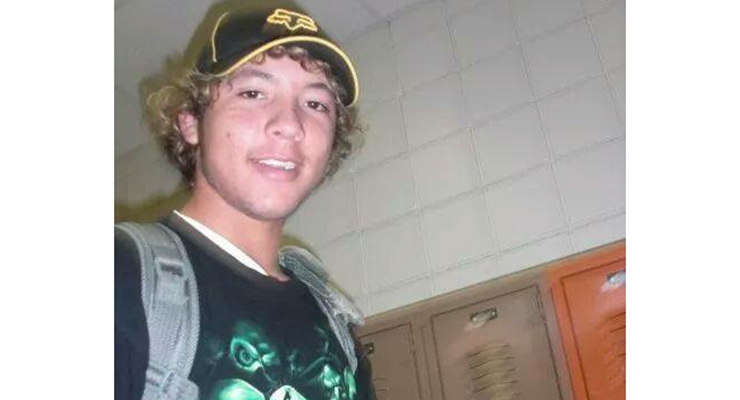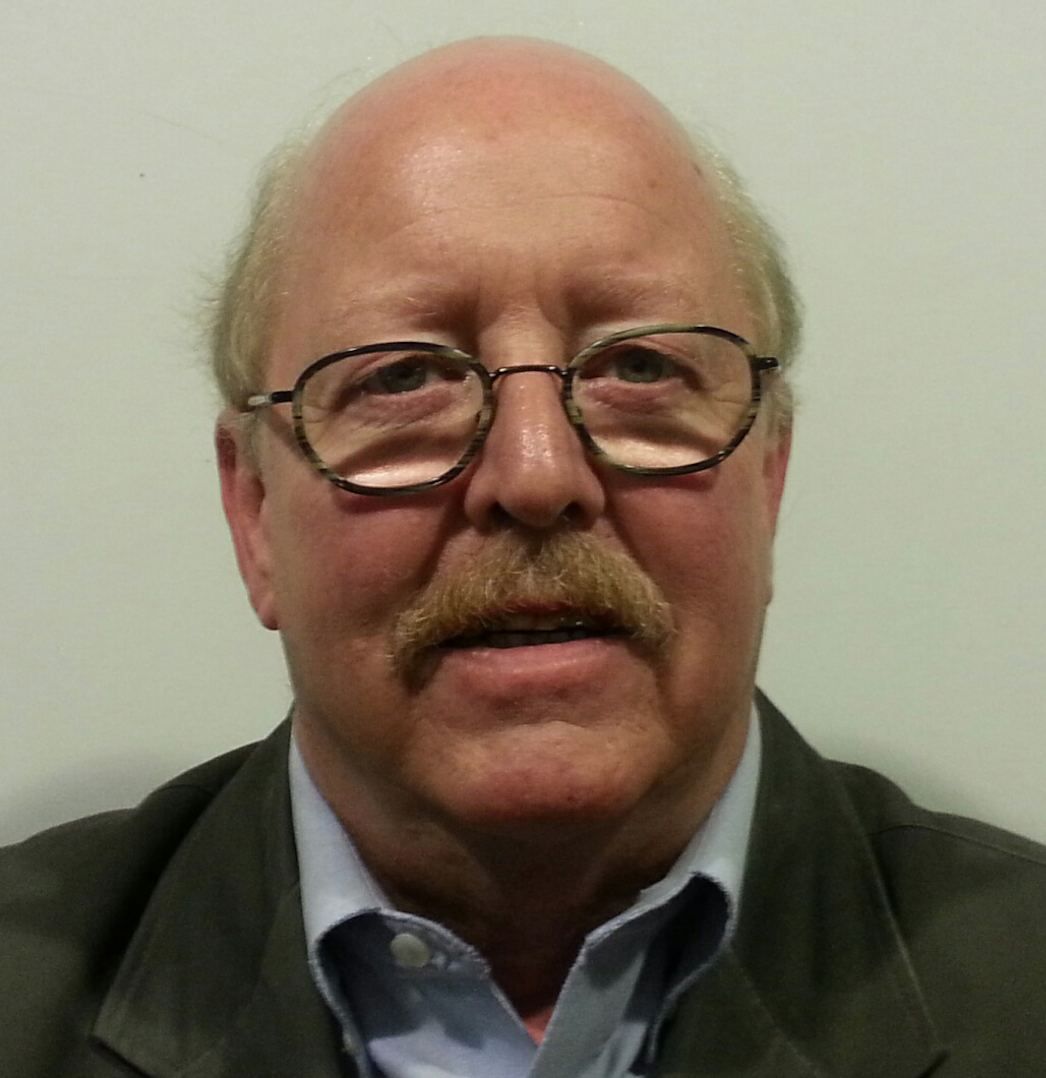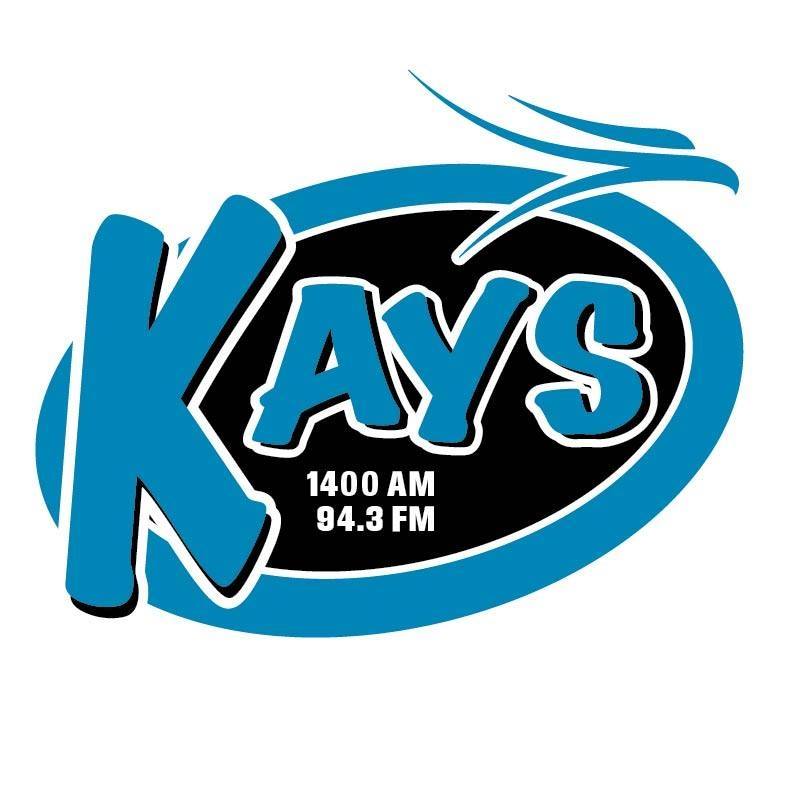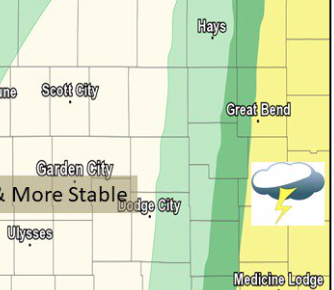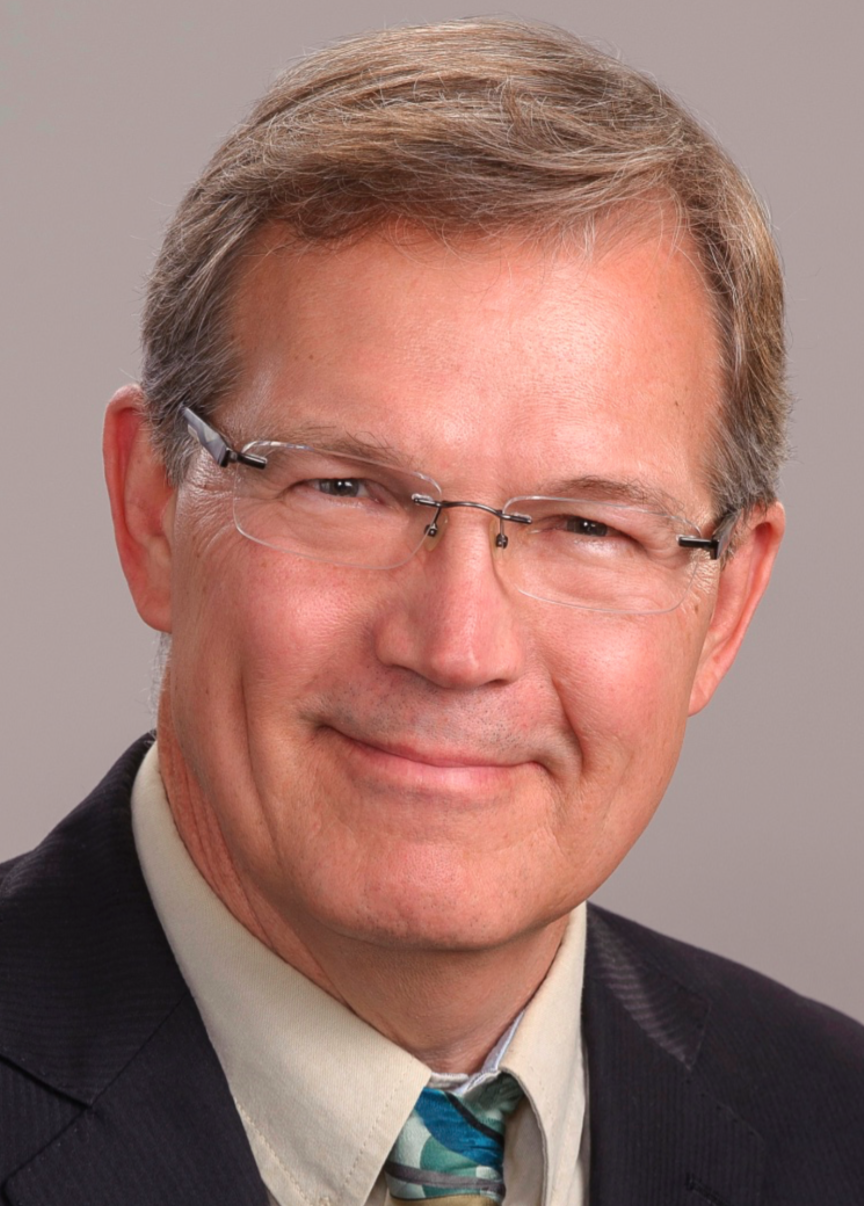
By CRISTINA JANNEY
Hays Post
Carolyn and Neal Younger have donated 160 acres of farmland southeast of Ellis to the Hays High School FFA program in memory of their son, Cody.
Cody died 10 years ago in a tragic vehicle accident when he was a student at HHS. Cody was active in FFA, and Neal is also an HHS FFA alumni as is his daughter.
“This way, they can get hands on and get their hands dirty,” Neal said of the FFA students.
The gift was announced May 6 at the HHS Academic Awards night.
The land that has been donated has been in the Younger family since 1901. It was purchased by Neal Younger’s great-great-great grandfather from the Union Pacific Railroad for $1 per acre.
Cody was to have been the next generation to farm the land, and Neal Younger said this is a way for the property to be preserved for agriculture use in the Younger name.
About 30 acres of the property, which is near Vineyard and 150th Avenue, is in cultivation with the remaining acreage in grazing pasture. There are also two metal utility sheds on the property. They are painted in Cody’s favorite colors — red and black. One of the buildings has a message, “In loving memory of Cody Younger.” The Youngers keep the message lit at night.
There is a spring-fed pond on the property. Neal fondly remembered stocking the pond with fish when Cody was only about 3 years old.
“He was right there at the water with me releasing those fish,” Neal said.
Neal estimates the value of the land at $1,800 to $2,000 per acre.
It is the Youngers’ hope the land can eventually be used by FFA students to gain practical farming experience as well as generate an income to support the two $500 scholarships the Youngers established in Cody’s name for FFA students. A scholarship has been awarded to a HHS FFA male and female student every since Cody’s death.
“It will give FFA students a hands-on, eyes-on [experience],” Neal said. “They can either farm it or they can get somebody else to.”
Currently Neal picks up side jobs to help fund the annual FFA scholarship, but he said he and Carolyn wanted to have a means to continue to fund the scholarship after the couple retires.
“It’s overwhelming,” Carolyn said. “I questioned about how we were going to go about doing it, but I am glad we are doing it.
“When things like this happen, good comes out it. It makes us feel good, but it hurts because if he was still alive, this wouldn’t be happening. I am just glad we can do something good out of losing him.”
The Youngers said FFA sponsor Curt Vajnar, HHS Principal Marty Straub and HHS secretary Tammy Stewart have all been very supportive of the family since Cody’s death, and they wanted to make the gift before any of those three staff members at the high school retired.
The Youngers have consistently supported HHS FFA, Vajnar said, donating to the FFA auction in addition to Cody’s scholarship.
“They have been generous to our organization,” Vajnar said.
Vajnar said proceeds from the land could also be used to support HHS students attending leadership conferences and national conventions. The national FFA conference in Washington, D.C., that students can attend every other year costs $800 to $900 per student.
“It will allow kids to do things they have never been allowed to do before,” he said, “due to not being able to afford things. I have kids now who won’t go to things because they don’t want to ask their parents for the money that it takes to go on trips where we go out and eat for a couple of days.”
The details of the gift are still being worked out with the school district’s and the Younger’s attorneys.
